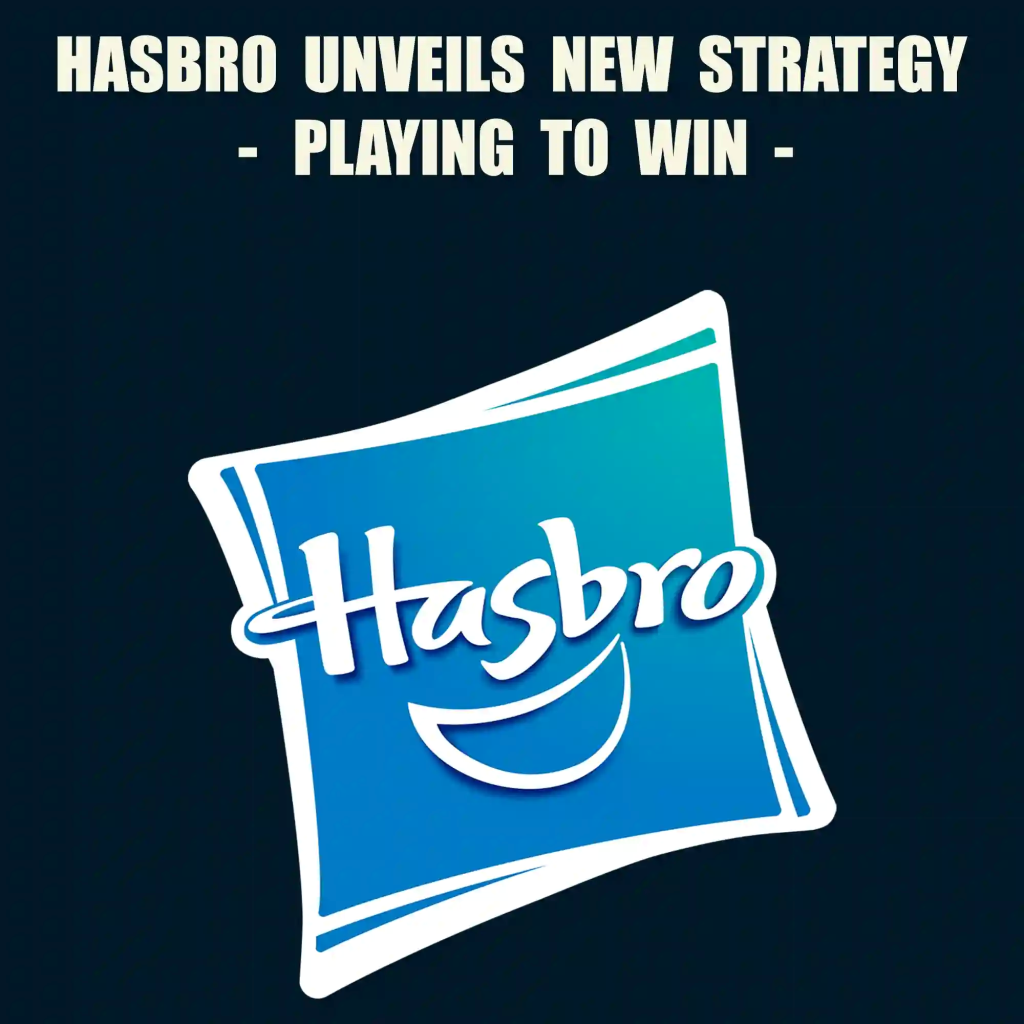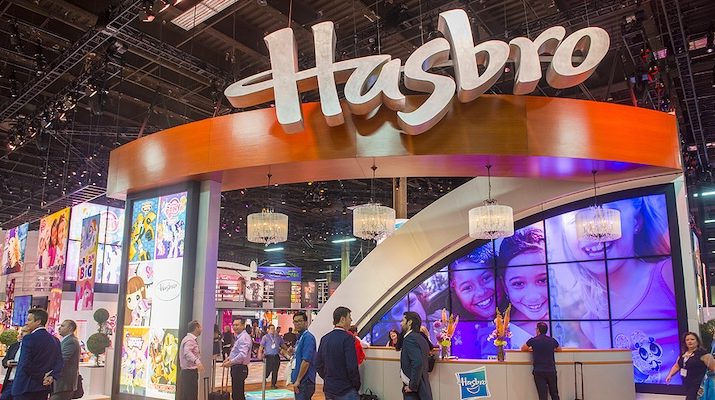With its newly unveiled ‘Playing to Win’ strategy, Hasbro is embracing a focused return to its roots—play and partnerships—while steering confidently into high-growth digital territory.
A strategic pivot for a new era of play
Hasbro’s “Playing to Win” strategy marks more than a rebranding—it’s a business transformation designed for a new generation of consumers and an evolving entertainment ecosystem. This renewed focus targets the booming ‘kidult’ demographic, which includes teens and adults who enthusiastically engage with toys, board games, and fantasy franchises.
At the heart of the strategy is a recognition that the digital entertainment sector, especially video games and gamified experiences, is where the most significant growth opportunities lie. Hasbro, already home to legendary franchises like Monopoly, Magic: The Gathering, and Dungeons & Dragons, plans to modernize, digitize, and globalize its offerings by building immersive, interactive, and cross-platform experiences.
From revenue to relevance: The digital gaming surge
In the first quarter of 2025, Hasbro reported a 17% increase in total revenue, thanks largely to the explosive 46% growth in its Wizards and Digital Gaming division. Titles such as Magic: The Gathering Arena and Baldur’s Gate III have played a pivotal role in expanding Hasbro’s digital footprint.

By 2027, Hasbro aims to grow its consumer base from 500 million to 750 million users, driven by robust investments in mobile gaming, online platforms, and brand-led digital ecosystems. The company is actively launching new games and expanding its development partnerships to ensure a steady stream of engaging content across consoles, mobile, and PC.
Innovation meets nostalgia: A modern twist on classic titles
Hasbro is also breathing new life into its iconic board games. The latest iteration of Monopoly, for example, replaces physical cash with a mobile banking app—blending classic gameplay with the expectations of a digitally native audience. This type of update not only refreshes legacy products but also expands Hasbro’s reach into modern retail and app-based gaming environments.
Other initiatives include augmented reality elements in games like Twister, interactive app integrations with toys, and connected play experiences that bridge physical and virtual worlds. These innovations are part of Hasbro’s broader goal to make play seamless, social, and smart.
Leaning into partners: A licensing powerhouse
One of Hasbro’s most strategic moves has been to refocus on high-value partnerships. While exiting non-core operations such as eOne’s film and TV businesses, Hasbro has eliminated $600 million in costs, strengthening its balance sheet and doubling down on its core competencies.

The company now ranks as the third-largest entertainment licensor globally, and by far the biggest player in digital gaming IP licensing. This has opened doors to collaborations beyond traditional toys—including blockbuster movies, theme parks, cruise ships, quick service restaurant tie-ins, AAA game studios, and category-expanding toy partnerships.
By concentrating on brands with deep fanbases and evergreen appeal, Hasbro is not only ensuring long-term loyalty but also diversifying its revenue across multiple sectors—all fueled by the power of play.
The future is playful, profitable, and digital
“Playing to Win” is more than a strategy—it’s a declaration of intent. Hasbro is building a self-sustaining digital entertainment engine, with beloved franchises at the core, partners as amplifiers, and technology as the enabler. From augmented Monopoly boards to fully immersive D&D worlds, the company is redefining how we play—and how play drives value.
 As the toy industry evolves, Hasbro is not merely adapting. It’s leading—with strategy, creativity, and a playbook tailored for the digital generation.
As the toy industry evolves, Hasbro is not merely adapting. It’s leading—with strategy, creativity, and a playbook tailored for the digital generation.

